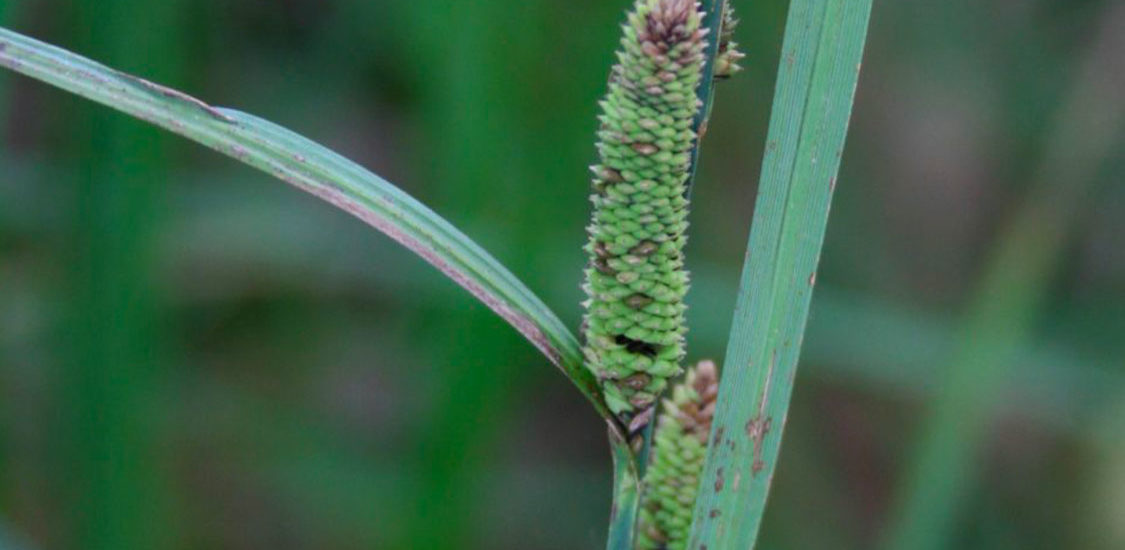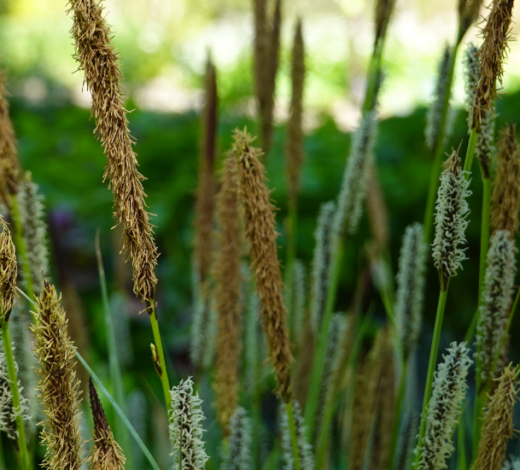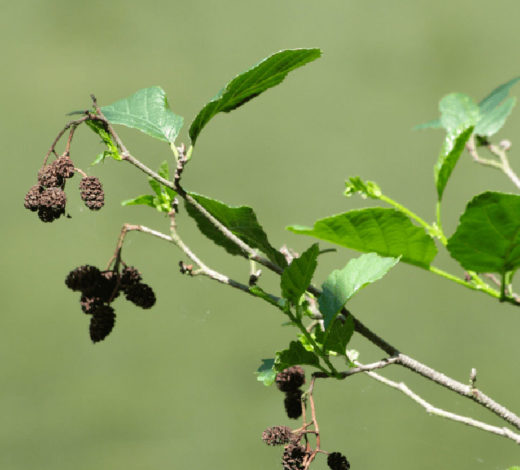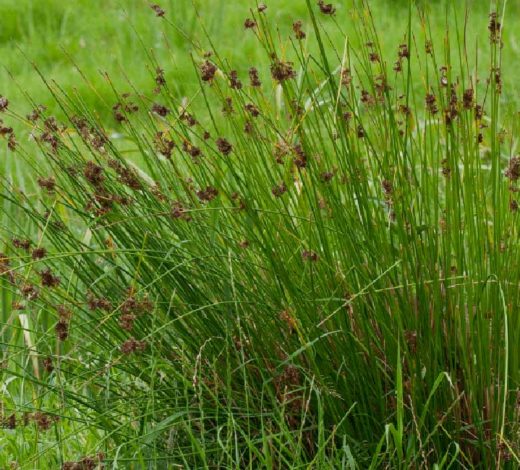Lesser Pond Sedge
(Carex acutiformis)
This is a grassy perennial plant with a size ranging from 50 to 120 cm in height.
Family
Cyperaceae
Description
This is a grassy perennial plant with a size ranging from 50 to 120 cm in height. It grows through creeping branches (stolons) that emit roots, thereby generating new plants. The above-ground stem, with a triangular cross section (typical of sedges), is wrapped at the base by brownish fibres. The leaves are generally longer than the stems and have a green-sky blue colour. The inflorescence consists of male spikes at the tip and female spikes below. Flowering period: May–June.
Habitat
It grows in marshes, ponds, lakeshores, and waterways.
Uses
In the past, it was used in some Northern European regions to cover roofs or as straw for animals. Farmers used the leaves for wicker chairs, mats, and wrapping wine bottles.
Etymology
The genus name derives from the Greek ‘keìro’ (to cut) due to the sharp leaf margins of some species. The species name alludes to its similarity with Carex acuta.
Observation
They are widespread in the ‘Lama’ along the edges of paths and canal banks.



